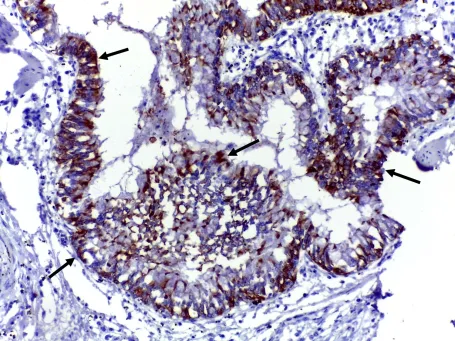Primary diffuse mammary hemangiosarcoma in a female dog
DOI:
https://doi.org/10.24070/bjvp.1983-0246.v11i3p102-107Keywords:
dog, mammary neoplasia, angiosarcoma, endothelial cells, neoplasiaAbstract
In veterinary medicine, primary mammary hemangiosarcoma is a very rare disease and there was no previous report describing the disease in dogs. Herein, we describe necropsy findings of a female dog, which presented a diffuse mammary hemangiosarcoma affecting the mammary gland. A diffuse irregular plaque was found in all mammary gland, involving the whole mammary gland tissue. The histopathological evaluation revealed neoplastic cells with an ovoid to spindle shaped basophilic and numerous atypical neoplastic tumor cells forming vascular structures. There was no glandular proliferation and no changes in the superficial dermis and no neoplastic emboli in the lymph vessels. Immunohistochemistry for vimentin, pan-cytokeratin, CK8/18 and CD31 was conducted. Positive expression was found to the pan-cytokeratin and CK8/18 by remaining epithelial cells confirmed the luminal mammary origin. Vimentin and CD31 positive expression by neoplastic cells confirmed the endothelial origin of the neoplasia. The histopathological and immunohistochemical findings supported the diagnosis of a primary mammary hemangiosarcoma.


